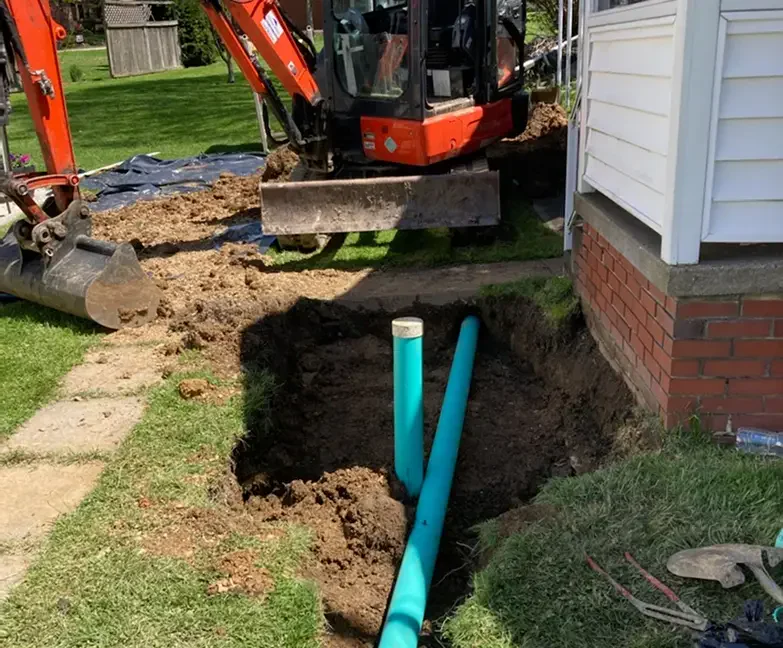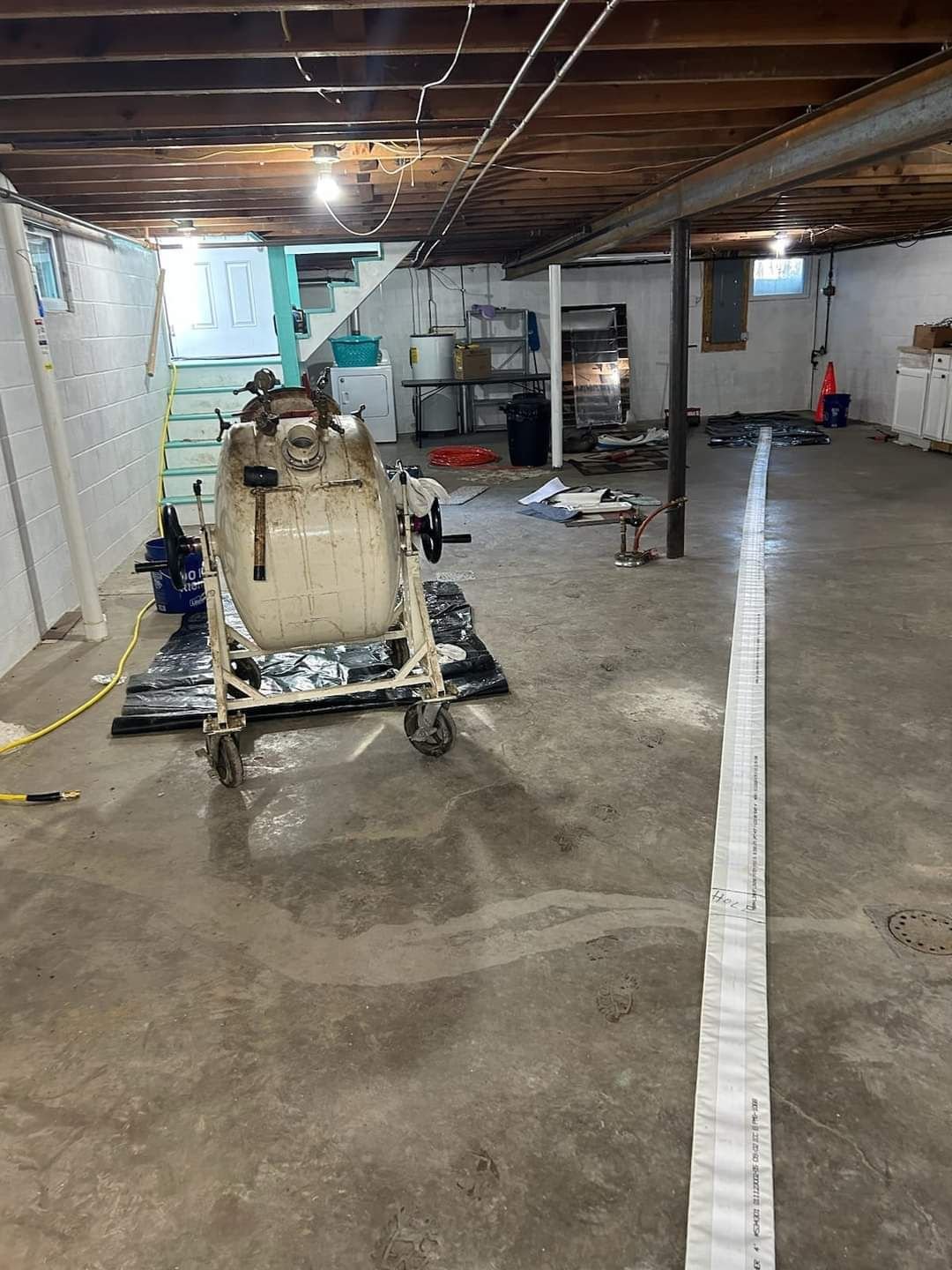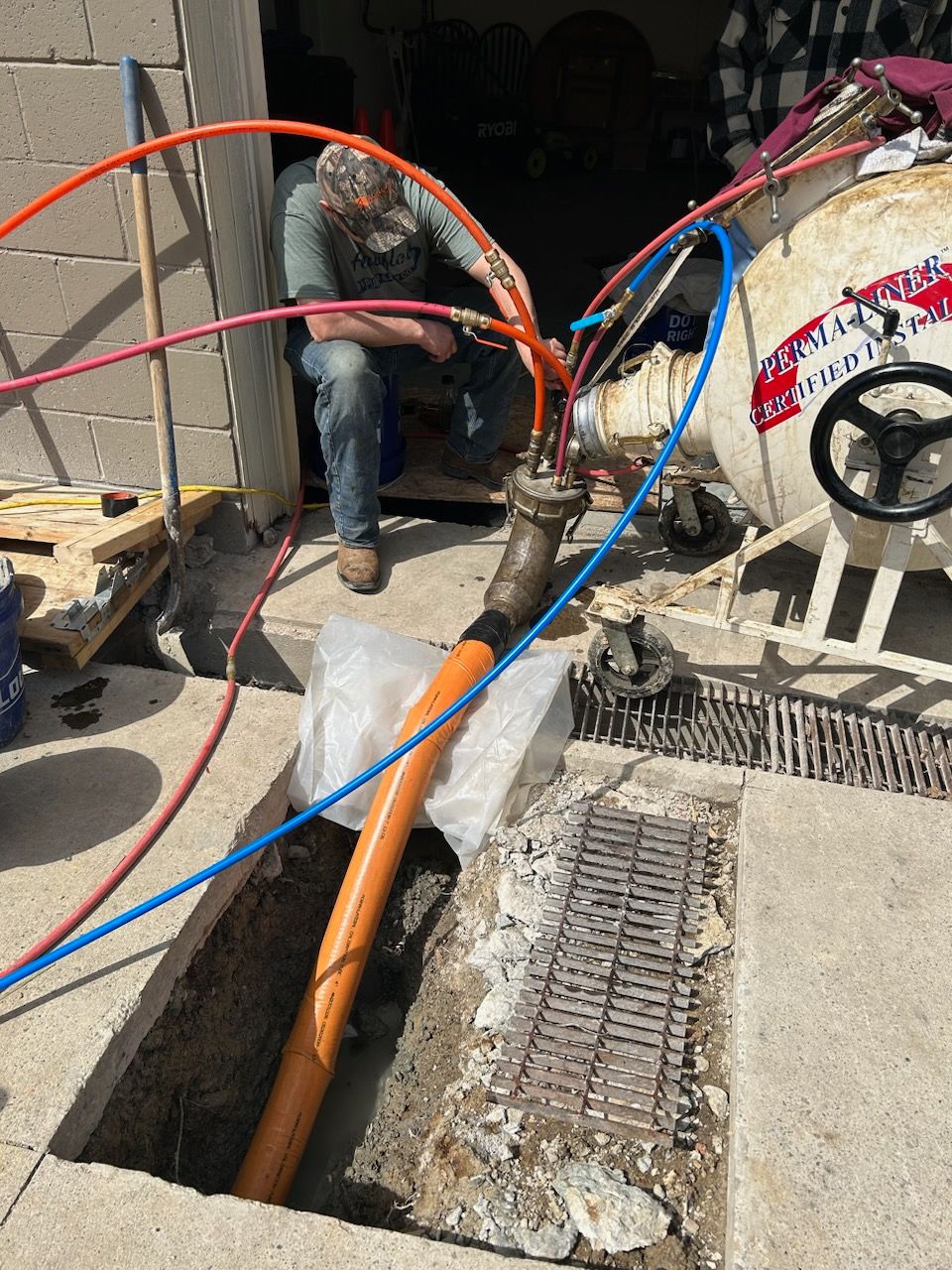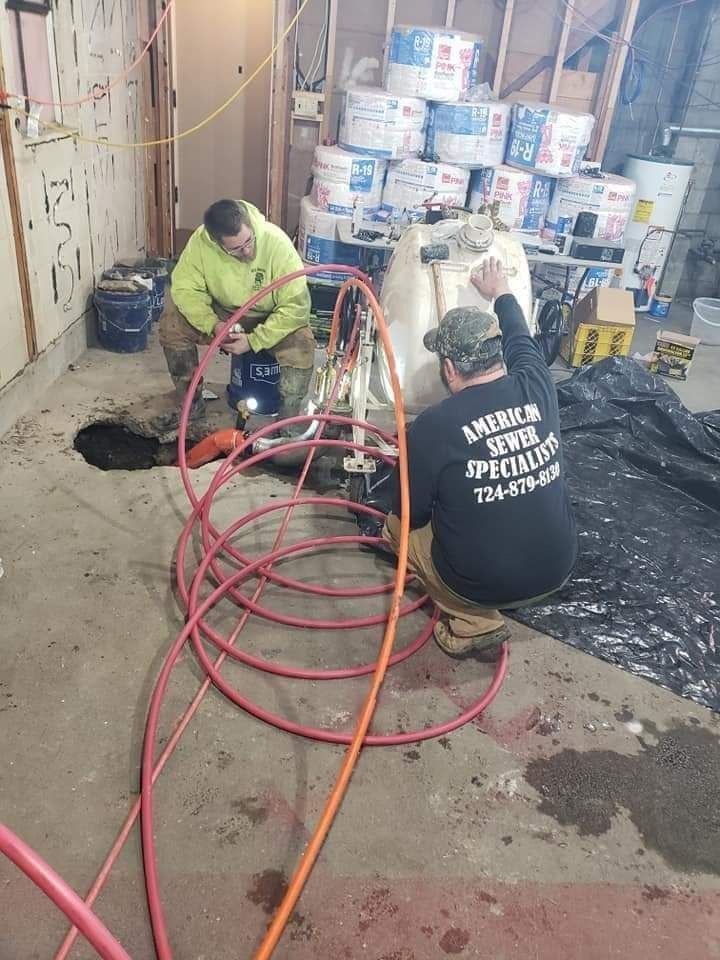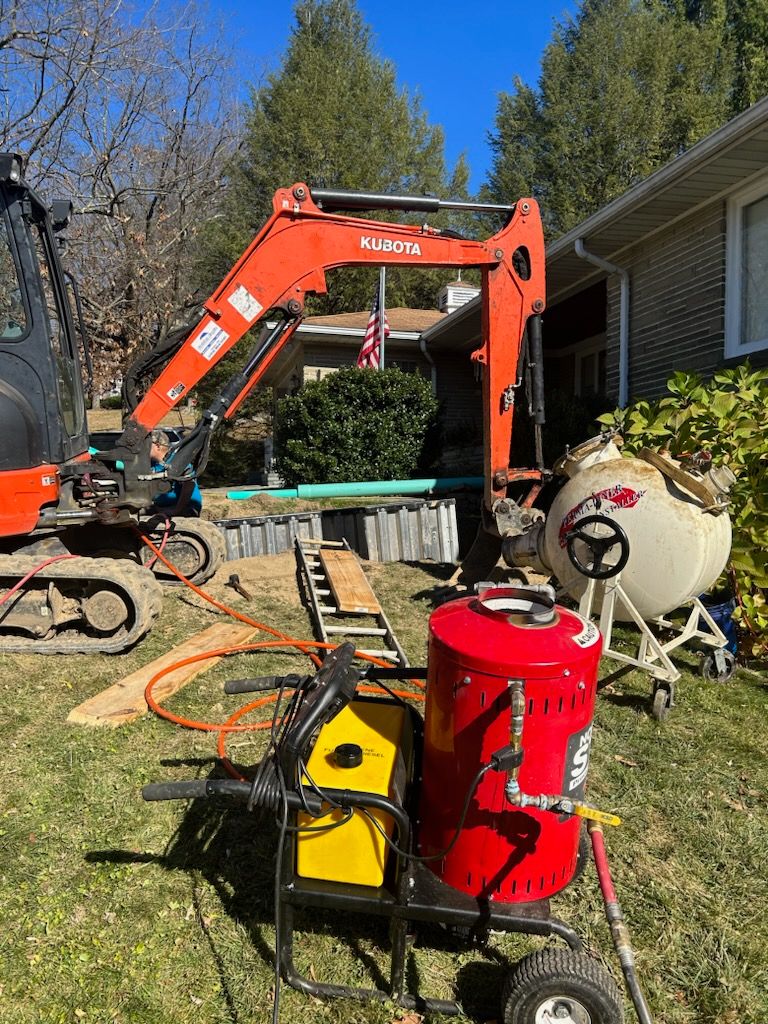I guess the old saying is true: Americans really will flush anything! In many other countries, the local sewage systems can’t even cope with toilet paper, which must be thrown away in the garbage. However, Americans are so accustomed to our plumbing that we take our sewer systems for granted. Sometimes, that means debris that never should have ended up in the toilet gets flushed into the sewer lines. Sewer contractors understand this all too well.
Today, an estimated 80% of Americans rely on water-treatment plants to handle their sewage; because so much of the population are sharing the same systems, things can often go awry, causing clogged pipes and burst sewer lines. As a lesson in what can happen when people get lazy during the disposal of their trash, let’s take a look at five of the weirdest things that have been found in sewer lines throughout the world.
- Fatberg: Fatbergs are just as disgusting as their name suggests. In the case of the one discovered in London, UK, the mass of congealed fat and baby wipes (despite what the label might say, these should never be flushed!) weighed a staggering 15 tons. While many fatbergs have been found in sewer systems, the famous London fatberg was the same size as a double-decker bus.
- Hand grenades: An engineer in London once discovered a hand grenade when inspecting the city’s sewer lines. He and his team promptly called the police, where they discovered that it was, in fact, live.
- Dinosaur fossils: While it’s more likely that the fossils of this dinosaur happened to be revealed due to the sewer line’s constant motion rather than someone flushing them down the toilet, the construction crew that made the discovery in Alberta, Canada, were nonetheless surprised. They were later identified as belonging to a duck-billed dinosaur known as a Hypacrosaurus.
- Hockey sticks: As a sport, hockey can be found all over Canada — including in its sewer systems. If they hadn’t been found so quickly, it’s possible that the sporting equipment could have been responsible for a huge clog. As any sewer line inspection expert can attest, when large pieces of trash end up in pipes, other debris tends to build up around it.
- Alligator: We know that the myth about flushing baby alligators is just that — a myth — but that doesn’t quite explain how a 600 lb alligator got into a three-foot-wide sewer drain in Texas. Funnily enough, it wasn’t the first time local residents had seen one (or so they say).
Although you may not have contributed to the enormous fatberg personally, the damage done to a single sewer or water line can impact entire city blocks. To avoid the need for sewer repair in your own backyard, be a responsible homeowner: don’t flush anything that isn’t supposed to be flushed, no matter how easy it is. In addition, at the first sign of trouble, schedule sewer camera inspections to check your sewer lining and pipes. If you do need repairs, maybe even invest in cured-in-place pipes (CIPP) — they’re guaranteed to last at least 50 years, offering peace of mind when your next-door neighbor decides to flush his garbage.
Categories
Related Posts





